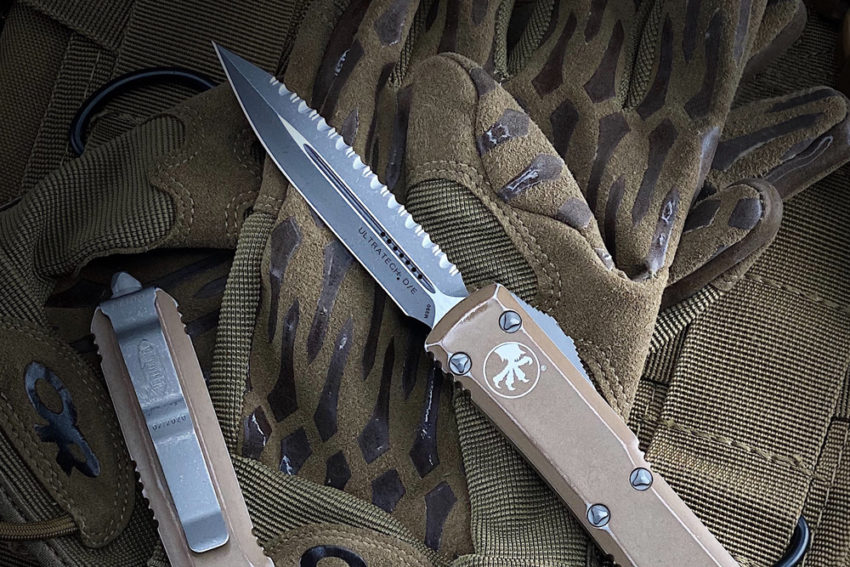
If you don't own a gun, a self-defense flashlight can be a great tool to protect yourself. You can use the flashlight to temporarily blind or disorient an enemy. Once he is disoriented and blinded, you can flee.
Popularity is growing for self-defense flashlights. You need to make sure you choose the right size, weight, and battery level. They should be able work in any environment and can withstand the impact of being dropped. Most flashlights used for self-defense are waterproof, and some include mounting accessories.
A flashlight should be bright enough to allow you to see clearly if you go on a walk by yourself. You flashlight should be bright enough to provide a visible beam. The flashlight should be portable and easy to carry. Lighter flashlights make it easier to transport. They may not be bright enough to blind attackers.
A durable, lightweight metal makes the best self-defense flashlights. Metal is more durable than other metals and is resistant to water as well as dust. This makes it much more adaptable to different weather conditions.

A flashlight that can be used for self-defense is also a good choice. You can flicker the light to attract the attacker's attention. You want to have the best chance of winning in a fight. Use a flashlight in strobe mode to confuse the attacker and help get away.
Flashlights generally shine up to 100x brighter then conventional torches. You can get a flashlight that has up to 100,000 lumens for maximum protection. A beam of light that can be seen at a distance up to 7 feet is possible. Avoid using a flashlight that produces less than 1,000 lumens.
The flashlight should also have a light indicator. Low batteries will cause your flashlight to stop working in turbo or strobe modes.
The P20iX flashlight is one of the most effective self-defense devices. The flashlight features a tail-mounted control button, high intensity flash mode, and lock settings. It is compatible to use with tactical rings. These features are helpful if you need to mount your flashlight on a weapon.
The P20iX is lightweight and easy to carry. You also get a lifetime warranty on the flashlight. It is also easy to keep clean.

This flashlight has a rechargeable lithium-ion batteries, which is another advantage. This eliminates the need to buy batteries every now and then. The battery can also be charged in the event that you need to leave your area.
The self-defense flashlight will need a battery level indicator. The laser pointer can also be used to help aim your flashlight towards the attacker. There are also other helpful features that you can use in an emergency.
For example, a floodlight can be used to stun a suspect at a distance up to 7ft. It is still more effective than a full-size flashlight. Flood lights also cover a greater area than standard lights.
FAQ
What should I look for when taking a self-defense course?
Look at the instructor's reputation and experience when selecting a self-defense class. Ask about their background and credentials.
Also, ask if they offer free trials or discounts. You may be eligible for special discounts and offers from instructors who teach new students.
Ask them if they offer online courses so that you can access them whenever you like.
Ask the instructor if they offer any emergency medical treatment after a class. This is particularly important if you are injured in a class.
It is important to find a class that offers a variety exercises. This ensures that you have plenty of time for each technique to be tried before moving on to another.
How do beginners do self-defense?
Experts are not the only ones who can learn self-defense. It is important to learn how to defend oneself when you are on your own. You should learn some basic moves to protect yourself from an attack.
You can start by practicing simple movements such as punching, kicking, and kneeing. Next, you can learn more advanced moves like grappling as well as joint locks.
It's always helpful to practice similar things to what you would face in real-life situations. You should try to learn how you can kick someone on a soft surface like a pillow.
This will ensure that you don't cause injury to yourself while practicing. You should also be careful not to hit any object hard, as you could break it.
What does a stun gun do to an attacker?
A stun gun uses electric current to incapacitate someone. The electricity causes muscle contractions, which stop them from moving. This renders them unable fight back.
Stun guns are most effective when used in the neck and head areas.
A stun gun can be used in the most common manner: shoot at the body of the victim until they are unconscious.
Some stun guns also emit high-pitched sounds to scare attackers. These stun guns are known as TASERs.
What are some self-defense tips that women can use?
When practicing self-defense, you need to be able to react quickly. You must be prepared for everything.
One of the best things you can do is to train with a friend. Having a partner will allow you to practice together and work on your technique.
Another tip: Practice with something heavy. If you're attacked, you're more likely to strike your attacker harder if the object you are holding is heavy.
Statistics
- Most likely, you'll get tapped out by 90% of the people in your first 3-5 months. (mmaclan.com)
- In a January 2018 survey of 1,000 women nationwide, 81 percent reported experiencing some form of sexual harassment, assault, or both in their lifetime. (healthline.com)
- Most likely, the person will want some kind of boxing match, so if you can out-box them, this would be 100% ideal for survival. (budodragon.com)
- The Rape, Abuse & Incest National Network reports that 70 percent of sexual violence cases aren't committed by random strangers in a dark alley but by people we know: friends, family, partners, co-workers, etc. (healthline.com)
External Links
How To
Which kind of self-defense do I need to learn?
Self-defense encompasses many different options. There are many types of self-defense you can learn. These are the most commonly used:
-
Boxing – Boxing is a great option for self-defense as it trains you how to fight with your hands. People think that only boxers can be female, but they can. Women can learn boxing through various methods, including private lessons, gyms, and online courses.
-
Wrestling: Many people believe wrestling isn't real, but it is. Wrestling was once America's national pastime. There are many options for women to learn wrestling, including private lessons, online courses, and gyms.
-
Jujitsu (Jujitsu) - Jujitsu helps you defend yourself using your own body weight. It is easy to learn, and it improves balance and coordination.
-
Kickboxing: Kickboxing uses kicks and not punches, like Muay Thai. It's a full contact combat sport, which doesn't require any rules. It is a great sport for beginners as it is simple to learn.
-
Tae Kwon Do – TKD combines elements of karate (taekwondo), jujitsu, and karate to create a Korean martial art called Tae Kwon Do. This is a great option for people who are interested in learning self-defense and not worrying about hurting their opponents.
-
Mixed Martial Arts – MMA is a mix of different martial arts. It is a combination of Judo and Brazilian Jiu Jitsu as well as Judo, Boxing Wrestling and Wrestling. It is one of the most popular sports because it is so efficient.
-
Karate – Karate is a Japanese martial arts that emphasizes kicking techniques. It's been around for many centuries and has evolved over the years. There are many types of karate today. Each style has its own unique moves, and training methods.
-
Knife Fighting - Knives are very useful when defending yourself. To stab your attacker, you don't need to be close. It is enough to be able to use a knife defensively.
-
Pepper Spray- Pepper spray can be used as a non-lethal weapon to help you escape from attacks or stop them from beginning. However, pepper spray is not recommended for attackers. They are more likely to be burned.
-
Firearms - The last line of defense against an attacker is to shoot them. This is often done by law enforcement officers and trained civilians.
-
Self-Defense Classes: A self-defense course is a great way to master all these skills in one place. They typically cover everything from grappling to shooting.
-
Combative Sports - Another great option is participating in combative sports like mixed martial arts fighting, kickboxing, or even amateur wrestling. These sports require extensive practice and discipline and teach you how to protect yourself.
-
Martial Arts Schools – If you are serious about learning how defend yourself, then you should go to a school that teaches martial arts. Some schools offer classes that include weapons as well.
-
Online Courses - There are also many free resources available that you can visit. 15) Books - Some books might be of assistance. "The Complete Idiot's Guide to Self Protection" by Alan Peppard is a book that covers all of the above topics.
-
Be Confident in What You Know. Before you try to learn something new or learning anything else, first make sure that you are familiar with the basics. By doing so, you can avoid making mistakes that could cause you harm.
I think I might give self-defense a try. I have always wanted fight skills but never had the interest to actually learn them. As I get older, I may as well take care of myself and not rely on others.
I decided to start slow and see how things develop from there. To start working out with weights and other exercises, I am considering joining a gym in my area. I'm still considering whether I should get a gun.